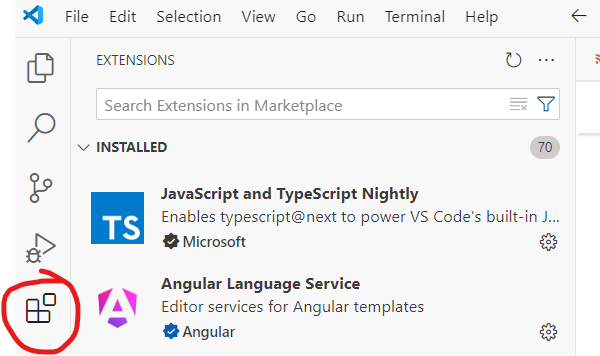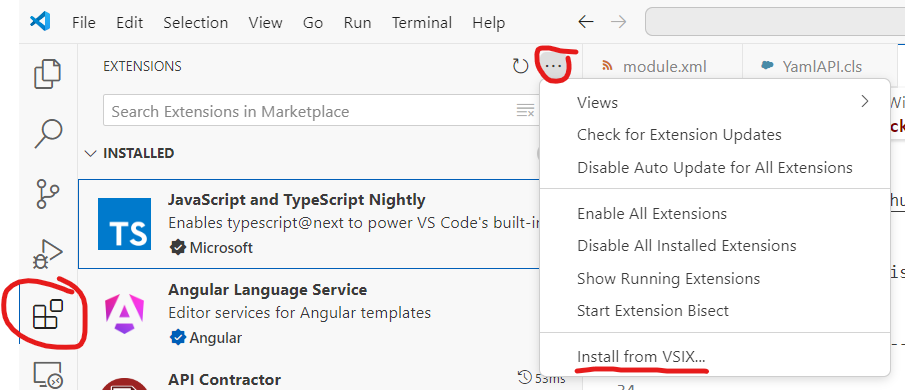Nous avons publié IPM 0.9.0. J'ai déjà évoqué une partie de l'historique et du raisonnement ici ; pour résumer, il s'agit d'une version importante pour deux raisons : elle représente une réunification attendue depuis longtemps de notre travail interne et communautaire autour de la gestion des paquets ObjectScript centrée sur IRIS, et elle présente certaines incompatibilités rétroactives. Il existe plusieurs incompatibilités rétroactives nécessaires dans notre feuille de route, et nous les avons regroupées ; ce ne sera pas une nouvelle norme.
Sous le capot, la dénomination des classes et la structure des paquets ont complètement changé. Si vous utilisez directement des appels à (très probablement) %ZPM.PackageManager, la classe équivalente est désormais %IPM.Main. Pour les projets communautaires concernés par ce changement de nom, nous avons soumis un tas de demandes de participation pour mettre les choses à jour, et une certaine utilisation des anciens noms de classe %ZPM.* est migrée automatiquement lors de l'installation via ZPM pour permettre aux paquets de fonctionner avec les anciennes et les nouvelles versions d'IPM.
Si vous effectuez une mise à jour d'IPM 0.7.x vers 0.9.0, tout devrait « fonctionner » comme avant : il est disponible à l'échelle de l'instance, avec les données migrées vers de nouveaux emplacements de stockage.
Sur une nouvelle installation, les choses sont un peu différentes ; par défaut, le registre de communauté n'est pas activé et IPM n'est disponible que dans l'espace de noms dans lequel il a été installé. Pour obtenir un comportement équivalent à 0.7.x sur une nouvelle installation, vous devez exécuter les commandes suivantes pour mapper IPM partout et utiliser le registre de communauté par défaut, respectivement :
zpm "enable -map -globally" zpm "repo -reset-defaults"
Un patch 0.9.1 sera bientôt disponible (aujourd'hui/demain, assez tôt pour que je me contente de mettre à jour ce message) et simplifiera ce processus dans une certaine mesure ; consultez https://github.com/intersystems/ipm/issues/662 pour le contexte/les mises à jour.
Si vous rencontrez des problèmes ou des questions, veuillez déposer un problème sur GitHub ; nous garderons également un œil sur la communauté des développeurs.



.png)
.png)
.png)
.png)
.png)
.png)
.png)
.png)
.png)
.png)
.png)